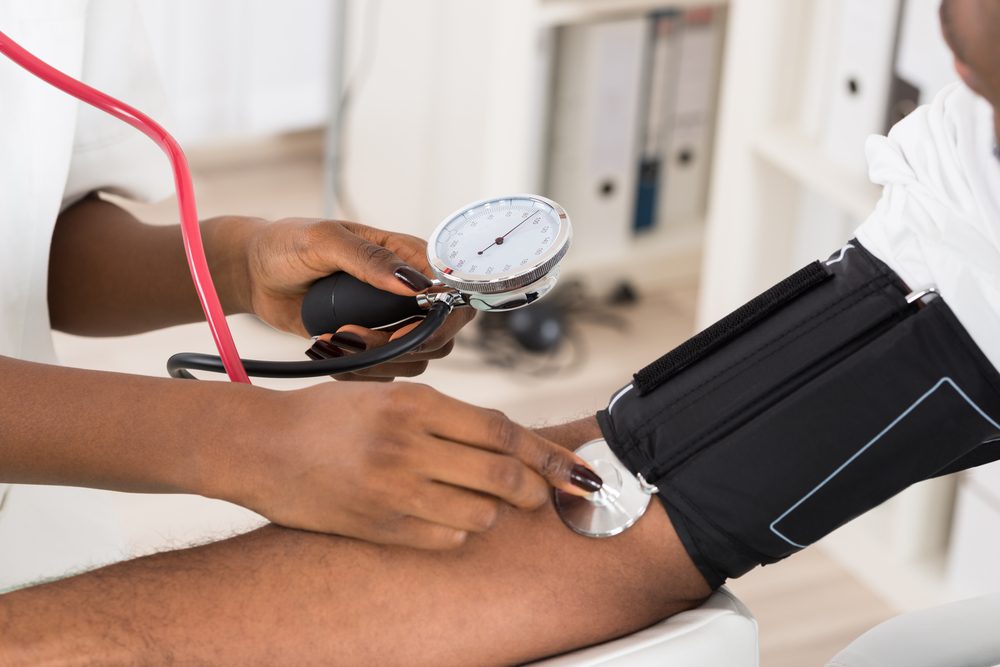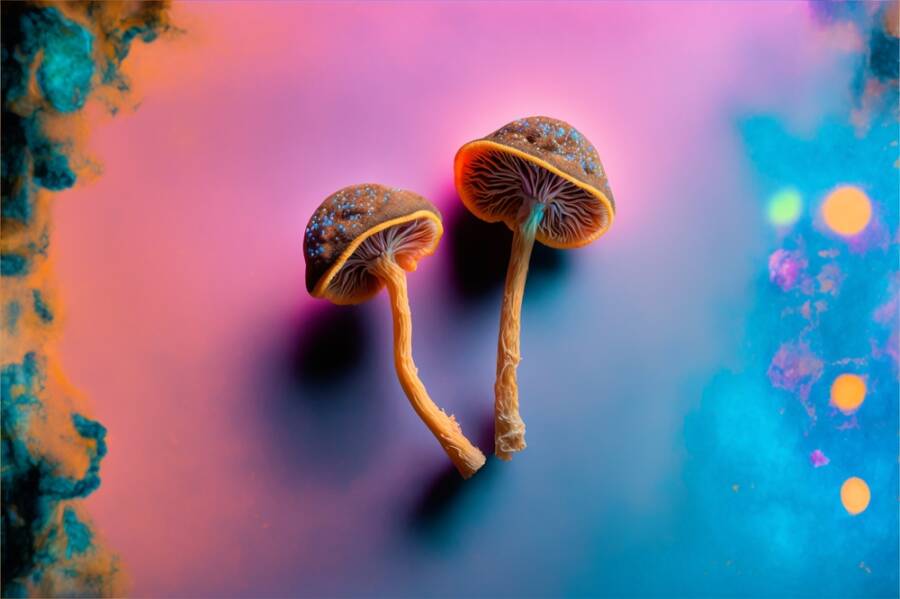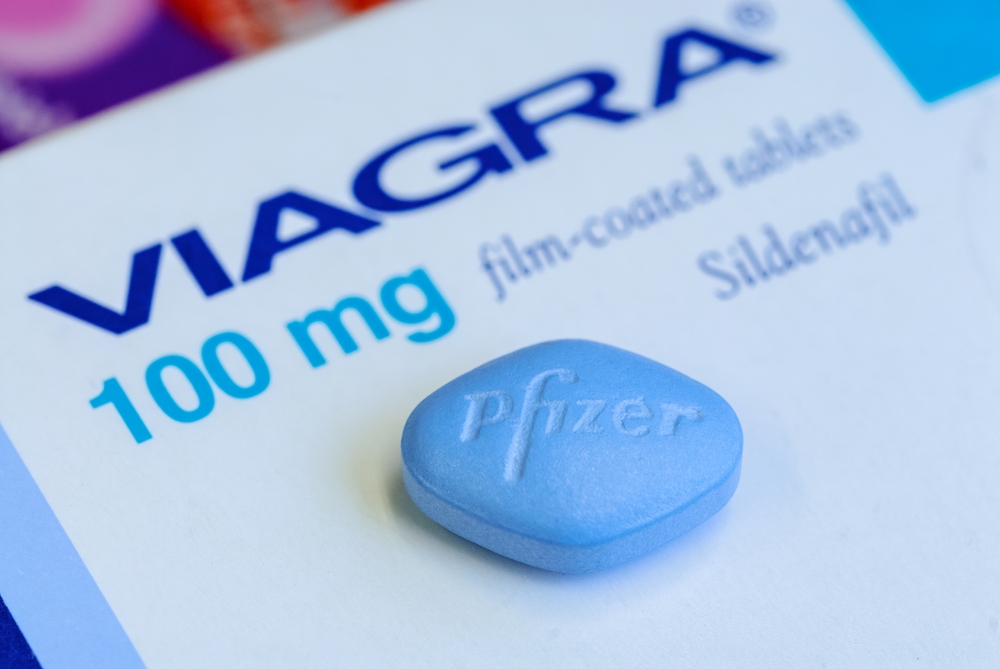Strock occurs when blood circulation to a part of your brain is blocked. This often results in a decrease in oxygen to the brain. According to the latest data, stroke is the fifth-leading cause of death in the US. In fact, approximately 700,000 people have strokes each year. That would mean that around one person has one every 40 seconds.
A stroke can be fatal. For 2017, the age-adjusted mortality rate was 37.6 per 100,000 stroke diagnoses, per the American Heart Association (AHA). Doctors have made significant progress in managing strokes since the mortality rate is around 14% lower than it was in 2007.
The National Stroke Association warns that a stroke can occur to anyone at any time. That’s why you need to understand which causes of stroke you can actually control because, yes, you CAN. Check this out!

1. High blood pressure
No. 1 on our list of causes of stroke you can control is high blood pressure. According to Shazam Hussain, director of the Cerebrovascular Center at Cleveland Clinic, high blood pressure, also known as hypertension, is the most significant risk factor that can lead to a stroke.
The good news is that you can prevent high blood pressure. Moreover, Dr. Hussain points out that if hypertension could be controlled in the US, half of all strokes would be eliminated. This condition wreaks havoc on your arteries, and when they suffer damage or weaken, they can clog or burst more easily.
That’s why doctors recommend that patients keep their blood pressure within healthy ranges. According to the newest guidelines, a good blood pressure should always be less than 130/80. One way to lower it is to limit salt intake to less than 1400–1500 milligrams per day.
2. High cholesterol
High cholesterol also makes the list of causes of stroke. Cholerestol in the arteries can lead to a blockage of blood flow in certain areas of your brain. That’s one reason to keep your cholesterol within healthy ranges.
Once you hit 240, you’re more likely to experience a stroke. It’s especially vital to ask your doctor about your VLDL (very low-density lipoprotein) levels. High levels of VLDL cholesterol are linked with the development of plaque on artery walls, which can narrow the artery, eventually blocking blood flow.
Doctors recommend limiting the amounts of trans and saturated fats and eating a healthy diet. Also, eating fish twice a week is recommended due to the beneficial fats found in fish. In addition, cut back on refined carbohydrates and sugar, as consuming more of these can lead to high levels of VLDL and excessive amounts of triglycerides, two of the causes of stroke.
Finally, daily exercise is also essential. If you have high cholesterol, keep in touch with your doctor in regards to diet and medication to lower it.
3. Heart disease
Cardiovascular conditions also make the list of causes of stroke. In particular, atrial fibrillation, which is a rhythm disturbance of the heart, can substantially bump up stroke risk. Luckily, heart disease is one of the causes of stroke that you can actually control. One way to do that is to ask your doctor about using blood thinners to reduce your risk of cardiovascular disease.
Other heart conditions associated with a buildup of plaque in the arteries can increase stroke risk too. Improve your odds by exercising, following a healthy diet, and potentially taking medication. Also, make sure you follow your doctor’s advice and care.
If you’re over 50, you’re more likely to develop cardiovascular disease. Therefore, it’s important to do regular checkups so you can control any causes of stroke.
4. Diabetes
Diabetes comes with a high risk of related health complications, including nerve damage, kidney damage, and heart disease—all of which make the list of causes of stroke. In other words, diabetes comes with an increased risk of stroke.
Someone diagnosed with the condition is 1.5 times more likely to have a stroke than someone who doesn’t have diabetes. The good news is that you can reduce your risk by keeping your blood pressure, cholesterol levels, and blood sugar levels in check.
Eat a healthy diet that strictly limits refined carbohydrates and sugar, reduce stress, exercise daily, and remember to take your medication or insulin. Also, if you smoke, find one of those programs that help people quit.
Most importantly, don’t go it alone. Seeking help from a physician with expertise in managing diabetes can make the whole journey easier.
5. Sickle cell disease
This inherited condition causes red blood cells to be defective and misshapen, so they can’t deliver enough oxygen to the rest of the body. You may wonder why an inherited condition like this one makes our list of causes of stroke that you can control.
Here’s why: while you can inherit sickle cell disease from one of your parents, you can still monitor it so it doesn’t wreak havoc on your body.
According to doctors, the best way to do that is to take a special ultrasound test called a transcranial Doppler. Some people diagnosed with sickle cell disease may also need prophylactic transfusions.
With this condition, the red blood cells may also clump together, clogging up blood vessels in the brain. This can often result in a stroke, even in children.
6. Heavy alcohol use
Some studies indicate a little bit of booze may be healthy, but don’t get too excited. When it comes to causes of stroke, alcohol is one of the factors that increases the risk of stroke. While mild use of alcohol is controversial, there are some recent studies suggesting that even low amounts of alcohol are bad for your heart and brain.
This being said, it’s certain that consuming a lot of alcohol on a regular basis can significantly bump up stroke risk. For men, that means more than two drinks a day; for women, more than one will begin to raise stroke risk. Specifically, a drink is one 5-ounce serving of wine, one 12-ounce beer, or one shot of hard liquor.
Now that we’ve established that heavy alcohol use makes the list of causes of stroke, if you know of other stroke risk factors, it’s best to reduce or eliminate alcohol.

7. Diet drinks
You probably didn’t expect to see this on our list of causes of stroke, but yes, drinking artificially sweetened beverages can increase the risk of it. A brand new study suggests that downing just one diet drink a day almost triples the odds of it.
The experts tracked the health of postmenopausal women, some of whom consumed artificially sweetened drinks. Those who drank at least one can daily had nearly three times the risk of dementia or stroke compared to women who had diet drinks less than once a week.
This study shows that limiting diet beverage use is one of the most prudent things to do for your health, per Rachel K. Johnson, RD, PhD, a member of the AHA’s science advisory committee.
Keep reading to discover other causes of stroke that you can control!
8. Smoking
We all know that smoking is bad for our health, but did you know how much it actually raises your risk of stroke? Yes, smoking also makes our list of causes of stroke.
Tobacco smoke contains carbon monoxide, which lowers the level of oxygen in the blood. Moreover, smoking elevates blood pressure and heart rates. But that’s not all. The chemicals in tobacco smoke also thicken the blood, making it more prone to clotting.
All these together increase the risk of the arteries hardening and narrowing. When they become narrow and less flexible, it bumps up the risk of blood clots. When blood clots reach your brain, they can cause a stroke. Basically, smoking and drinking are deadly combos, so you should consider quitting.
9. Obesity
Being overweight also appears on the list of causes of stroke. Research shows that obesity more than doubles your risk of having a stroke. Much of this has to do with how excess weight affects blood flow and places stress on your heart.
According to the Centers for Disease Control, the obese range is when the BMI (body mass index) is 30 or higher. In order to determine your BMI, divide your current weight by your height in inches squared. Multiple the result by 703, and you’ll get a number that’s usually between 14 and 40.
The good news is that every little bit of weight you lose will reduce your chances of having a stroke.
10. Hormone replacement therapy
Researchers have been debating the safety of hormone replacement therapy, also known as HRT, for years. A study conducted by the Women’s Health Institute shows that women taking menopausal hormone therapy that contains estrogen plus progesterone are at higher risk of stroke.
Women younger than 45 who reached menopause also had an increased risk. HRT can manage the menopause symptoms—night sweats and hot flashes, for instance—but the recent data includes it in the list of causes of stroke.
Moreover, the North American Menopause Society recommends that doctors have a patient-specific approach and have neurologists analyze stroke risks when patients are considering HRT.
11. Stress
Everyone knows stress can wreak havoc on both your mind and your body, especially when it comes to chronic stress. And yes, being stressed also makes you more likely to have a stroke. According to doctors, some of this effect may be due to the fact that stress increases blood pressure.
Moreover, a 2022 study with more than 26,000 participants who self-reported stress within the previous 12 months showed they had an increased risk of stroke. This applied equally to stress that was experienced at home, at work, or as a result of financial worries.
The great news is that, as with other causes of stroke on this list, there are preventive steps that may help you slash this risk. Doctors recommend trying stress-management techniques like yoga, massage, and mindful meditation—see what works for you best.
12. Illicit drug use
We’ve seen how certain lifestyle choices like tobacco use and excessive alcohol consumption are both causes of stroke, but experts are learning more about how illicit drug use can have the same negative effect on your body.
According to neurologists, multiple types of illicit drugs can bump up the odds of stroke, especially amphetamines and cocaine. The former is a stimulant that’s legally prescribed to treat conditions such as obesity, narcolepsy, and ADHD. Several studies show a higher risk of stoking in young adults who abuse amphetamines and cocaine.
When it comes to this risk associated with illicit drug use, cessation is critically important.

13. Birth control pills
Overall, birth control pills are considered safe, and nowadays formulations are even safer than those made in the past. But there’s an elevated risk of blood clots associated with the use of oral contraceptives. As we already know, blood clots can lead to a stroke.
Talk to your doctor about the risks and side effects of your oral contraceptives—depending on your other lifestyle habits, you may be able to make a switch to a safer formulation.
According to the National Stroke Association, the biggest concern about using birth control pills is for women with additional risk factors, such as high blood pressure, diabetes, age, or cigarette smoking. Lifestyle changes, such as giving up on the habits that represent causes of stroke, can help lower the risk.
One thing to keep in mind is that, if you have diabetes or high blood pressure, a different method of prescription or birth control may be necessary.
14. Migraines with aura
No. 14 on our list of causes of stroke also concerns women. According to the National Stroke Association, women in the US experience more migraines than men. Migraines with aura are the worst kind, increasing the risk of stroke two and a half times.
An aura can be a warning sign of a migraine, and it comes with some scary symptoms such as seeing flashes and spots, feeling numbness in the body, hands, or face, and even having trouble speaking.
The best thing you can do is talk to your doctor to eliminate or lower the risk of any causes of stroke.
These are the stroke-risk factors that you can control. But let’s see some that you can’t.
Genetics is one of the causes of stroke that, unfortunately, isn’t under your control. If a member of your immediate family—a parent or sibling—has had a stroke, then you are at increased risk. The chance is higher if the family member was younger than 65 when they had it, according to doctors. Also, simply having had a stroke bumps up your risk for another. By the way, this book puts the power of recovery in your hands after a stroke.
According to experts, age is one of the main causes of stroke. In fact, the risk doubles for every 10 years past your 55th birthday. While you can’t do anything about aging, you can maintain healthy lifestyle habits. This will help minimize your risk.
When it comes to gender as one of the causes of stroke you can’t control, the numbers don’t look very good for women: Each year, about 55,000 more women have a stroke than men, the latest data shows. One reason is that women live longer compared to men, so they have more years during which the stroke risk is higher.
Older women tend to be more likely to be living alone when a stroke strikes. This means that they don’t get medical assistance as quickly.
Last but not least, race also makes the list of causes of stroke you can’t control. If you’re Hispanic American, Asian American, or African American, your odds of having a stroke are higher, reports the National Stroke Association. Moreover, African Americans have twice the risk of dying from a stroke compared to Caucasians.
Several studies show that Hispanic Americans are more likely to have a stroke at a younger age—about 67 on average—compared to non-Hispanic Caucasians. In their case, diabetes, obesity, and high blood pressure are the leading causes of stroke.
Remember that during a stroke, every minute counts. It’s important to know the symptoms and signs of stroke so you can take quick action. Some signs include sudden confusion, difficulty understanding speech, or trouble speaking; sudden numbness or weakness in the face, leg, or arm, especially on one side of the body; sudden trouble seeing; sudden severe headache; sudden trouble walking; loss of balance; dizziness; or lack of coordination.
You may also want to read 6 Shocking Things Stress Does to Your Body, According to Science.














